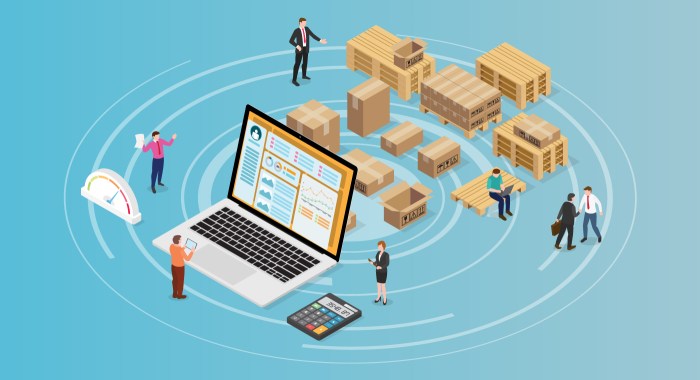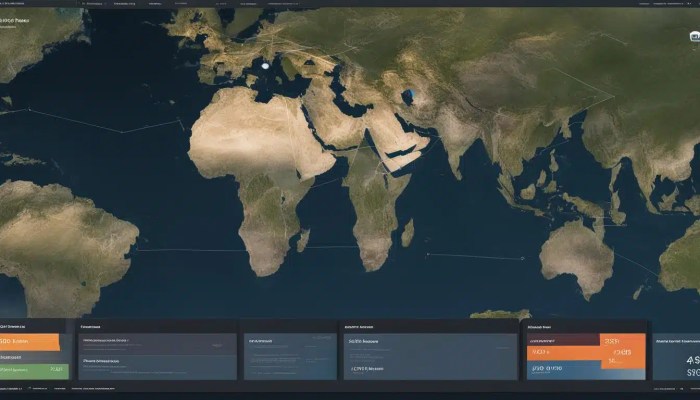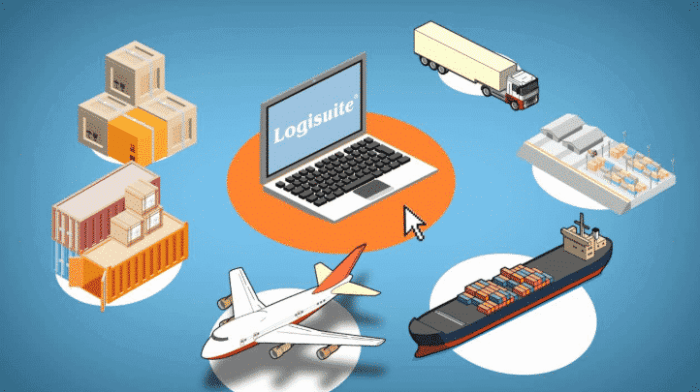Shipping and logistics software has become an indispensable tool for businesses of all sizes navigating the complex world of global trade. This comprehensive guide dives deep into the features, benefits, and considerations surrounding this crucial technology. We’ll explore various types of shipping software, their functionalities, and how they can streamline operations, improve efficiency, and ultimately boost profitability.

Source: shipsy.io
Understanding the Importance of Shipping and Logistics Software
In today’s interconnected marketplace, efficient shipping and logistics are paramount. Delays, errors, and inefficiencies can lead to significant financial losses and reputational damage. Shipping and logistics software acts as a central nervous system, automating and optimizing every stage of the process, from order placement to delivery confirmation.
Key Benefits of Using Shipping and Logistics Software
- Reduced Operational Costs: Automation minimizes manual tasks, leading to lower labor costs and reduced errors.
- Improved Efficiency: Streamlined processes enable faster order fulfillment and delivery times.
- Enhanced Visibility: Real-time tracking and monitoring provide a clear view of shipments throughout the supply chain.
- Better Customer Service: Accurate order information and transparent delivery updates enhance customer satisfaction.
- Data-Driven Decision Making: Software generates valuable data that can be used to identify trends, optimize routes, and improve overall logistics.
Types of Shipping and Logistics Software
Several types of software cater to diverse needs and business models. Understanding the different options is crucial for choosing the right solution.
Warehouse Management Systems (WMS), Shipping and logistics software
WMS software focuses on optimizing warehouse operations. This includes inventory management, picking, packing, and shipping processes. Key features include real-time inventory tracking, automated picking lists, and optimized storage space allocation.
Transportation Management Systems (TMS)
TMS solutions concentrate on managing transportation activities. They optimize routing, scheduling, and carrier selection, helping businesses reduce transportation costs and improve delivery times. Advanced TMS solutions often integrate with WMS systems for a holistic view of the supply chain.
Order Management Systems (OMS)
OMS software manages the entire order lifecycle, from initial order placement to final delivery. This includes order processing, fulfillment, and customer service interactions. Integrating OMS with TMS and WMS can significantly enhance operational efficiency.
Carrier Relationship Management (CRM)
CRM software focuses on building and maintaining strong relationships with carriers. This can involve negotiating rates, tracking performance, and streamlining communication. A robust CRM system can help optimize shipping costs and improve overall logistics.
Key Features to Consider in Shipping and Logistics Software
Choosing the right software requires careful consideration of specific needs. Key features to look for include:
- Real-time Tracking and Visibility
- Automated Order Fulfillment
- Integration Capabilities
- Reporting and Analytics
- Mobile Accessibility
- Scalability
Implementing Shipping and Logistics Software
Successful implementation involves careful planning, proper training, and ongoing support. Consider factors like data migration, user training, and system integration to ensure a smooth transition.
FAQ
- Q: How much does shipping and logistics software cost?
A: Pricing varies greatly depending on the software’s features, the number of users, and the level of customization required. Contacting vendors directly for pricing is recommended.
- Q: What are the benefits of cloud-based shipping software?
A: Cloud-based solutions offer flexibility, scalability, and accessibility from anywhere with an internet connection. They also often have lower upfront costs compared to on-premise solutions.
- Q: How can I choose the right shipping and logistics software for my business?
A: Consider your current processes, future growth plans, and specific needs. Evaluate different software options, read reviews, and seek recommendations from other businesses in your industry.
Conclusion
Shipping and logistics software is no longer a luxury but a necessity for businesses seeking to thrive in today’s competitive landscape. By streamlining operations, improving efficiency, and enhancing customer satisfaction, these tools can significantly contribute to overall profitability and growth.
Call to Action
Ready to optimize your shipping and logistics processes? Explore our comprehensive list of reputable shipping and logistics software providers. Click here to discover more and get started today!
Sources: (Insert links to reputable sources here, e.g., industry reports, software vendor websites, etc.)
Helpful Answers: Shipping And Logistics Software
What are the different types of shipping and logistics software available?
Various types cater to different needs, ranging from basic order management systems to comprehensive enterprise resource planning (ERP) solutions. Some focus on specific industries like e-commerce or manufacturing, while others provide a more generalized platform.
How much does shipping and logistics software cost?
Pricing varies greatly depending on the features, functionality, and vendor. It’s crucial to evaluate your specific requirements and compare different software packages before making a decision.
What are the benefits of using shipping and logistics software for small businesses?
Even small businesses can benefit from the increased efficiency and organization offered by these tools. They often have simpler packages with more accessible pricing compared to enterprise solutions.

Source: parcelpath.com
Can shipping and logistics software integrate with existing accounting systems?

Source: shortpixel.ai
Yes, many shipping and logistics software solutions are designed to integrate with popular accounting software. This integration allows for seamless data flow and improved financial reporting.